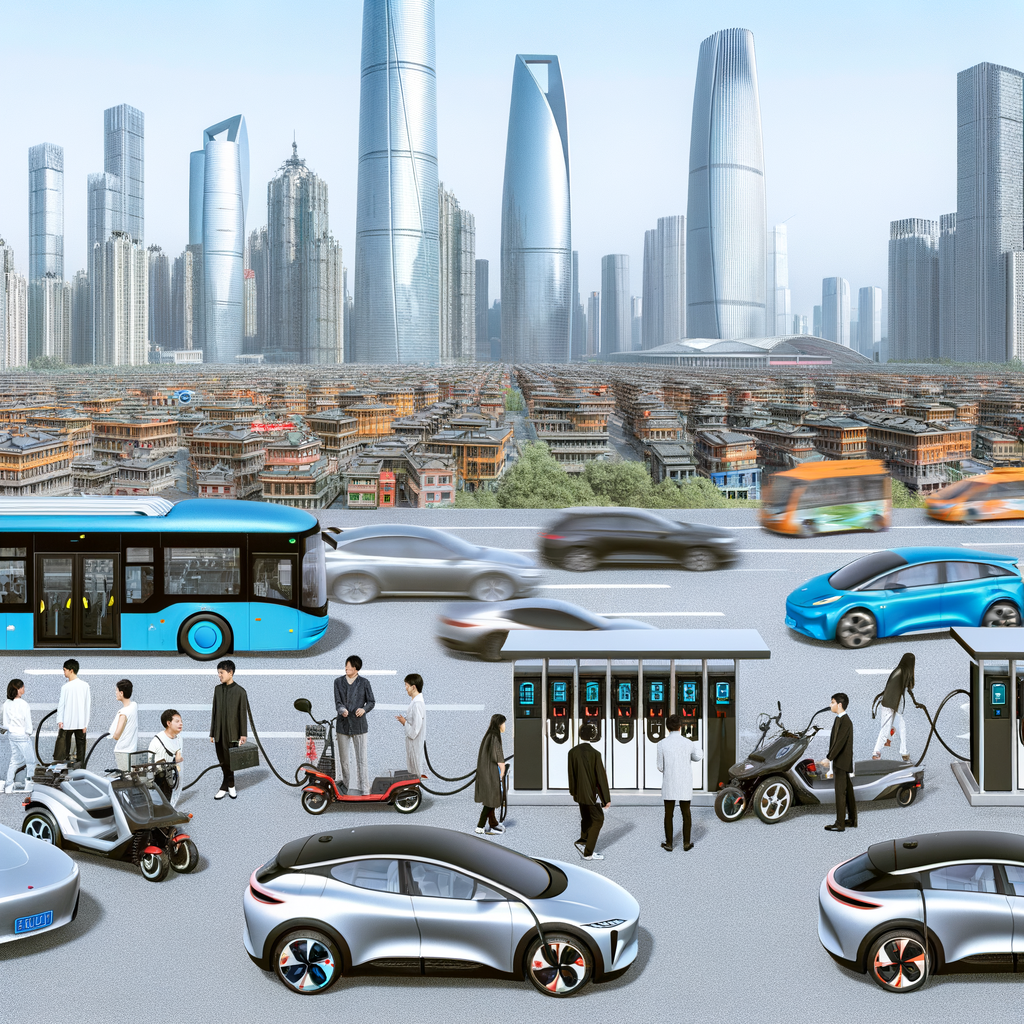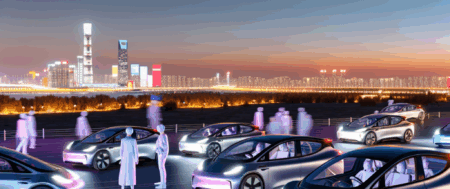China holds the title as the top and largest automotive market globally, with its growing economy, urbanization, and an expanding middle class fueling demand. The spotlight is on Electric Vehicles (EVs) and New Energy Vehicles (NEVs), propelled by government incentives and environmental concerns. Both domestic car brands and foreign automakers are engaged in intense market competition, necessitating innovation and adaptation to technological advancements. The regulatory landscape, emphasizing joint ventures, and a deep understanding of consumer preferences are pivotal. To thrive, companies must navigate these complexities through strategic partnerships, aligning with government policies to meet the dynamic demands of this vibrant market.
In the fast lanes of the global automotive industry, no market accelerates quite like China’s. As the world’s largest automotive market, China stands at the forefront of production and sales, fueled by a rapidly growing economy, an expanding middle class, and the continuous march of urbanization. This pivotal market, characterized by a voracious appetite for both domestic car brands and foreign automakers, is steering the future of mobility, especially in the realm of Electric Vehicles (EVs) and New Energy Vehicles (NEVs). The surge in demand for these eco-friendly options is propelled by robust government incentives and a societal push towards environmental consciousness, marking a significant shift in consumer preferences and driving technological advancements.
Foreign automakers looking to tap into this lucrative but complex market often find themselves navigating a maze of joint ventures with local Chinese companies. This strategic approach is not just a matter of choice but a necessity to comply with the intricate regulatory landscape and to harness the vast consumer base’s potential. The Chinese automotive sector is a battlefield of market competition, where strategic partnerships can make or break ambitions. With government policies, consumer tastes, technological breakthroughs, and global economic trends acting as the major gears, understanding and succeeding in China’s automotive market requires a deep dive into local regulations, market trends, and consumer behavior.
This article, “Navigating the Road Ahead: Understanding the Dynamics of the World’s Largest Automotive Market,” aims to shift gears and provide an in-depth look at the forces driving China’s automotive dominance. From the rise of electric and new energy vehicles, the role of joint ventures, to the evolving regulatory landscape and consumer preferences, we’ll explore how domestic and foreign brands can navigate this highly competitive and dynamic market. Buckle up as we embark on a journey through the complex yet rewarding landscape of China’s automotive industry, where strategic partnerships and innovation are key to racing ahead.
1. “Navigating the Road Ahead: Understanding the Dynamics of the World’s Largest Automotive Market”

Navigating the complexities of the world’s largest automotive market requires a comprehensive understanding of its unique dynamics. China, recognized as the top and largest automotive market globally, owes its position to a rapidly growing economy, an expanding middle class, and significant levels of urbanization. This market is not only crucial for domestic car brands but also presents a golden opportunity for foreign automakers aiming to expand their global footprint.
At the heart of China’s automotive industry’s success story are Electric Vehicles (EVs) and New Energy Vehicles (NEVs). The surge in demand for these vehicles is largely fueled by governmental incentives and a societal shift towards environmental concerns. To capture this burgeoning segment, both domestic and international players are constantly innovating, leading to rapid technological advancements in the automotive sector.
However, the regulatory landscape in China can be complex, with stringent rules that often necessitate foreign automakers to enter into joint ventures with local Chinese companies. These strategic partnerships are vital, not only to navigate the regulatory maze but also to tap into the local market knowledge and consumer preferences, which can be markedly different from other regions. Understanding these preferences is key to succeeding in a market where competition is fierce, and consumer loyalty can be hard-won.
Moreover, the Chinese government’s role cannot be understated. Through a combination of incentives for consumers and manufacturers alike, it has significantly propelled the market towards NEVs and EVs, aligning with global trends and environmental sustainability goals. This forward-thinking approach by the government ensures that the Chinese automotive market remains at the forefront of innovation and growth.
For companies eyeing the Chinese market, the path ahead involves a delicate balancing act. They must stay ahead of technological advancements, align with government policies, understand and cater to local consumer preferences, and navigate the competitive and regulatory landscape effectively. In essence, success in China’s automotive market demands a deep commitment to strategic partnerships and a keen eye on the evolving dynamics of this vibrant market.
In conclusion, the Chinese automotive market, standing as the world’s largest, represents a complex and vibrant arena shaped by its growing economy, expanding urbanization, and the shifting sands of consumer preferences. This market, characterized by an insatiable appetite for both domestic car brands and foreign automakers, is at the forefront of the global shift towards Electric Vehicles (EVs) and New Energy Vehicles (NEVs), driven by environmental concerns and robust government incentives. The intricate regulatory landscape of China necessitates strategic partnerships and joint ventures for foreign entities aiming to tap into this lucrative expanse. As the market continues to evolve, driven by technological advancements and a burgeoning middle class, the competition intensifies, underscoring the importance of a deep understanding of local market dynamics, consumer behavior, and the regulatory environment. For companies aspiring to succeed in China’s automotive sector, the ability to navigate these factors and leverage the opportunities they present will be paramount. The journey ahead in the world’s largest automotive market is filled with challenges and opportunities, shaped by the forces of market competition, strategic partnerships, and the ever-present push towards innovation.







